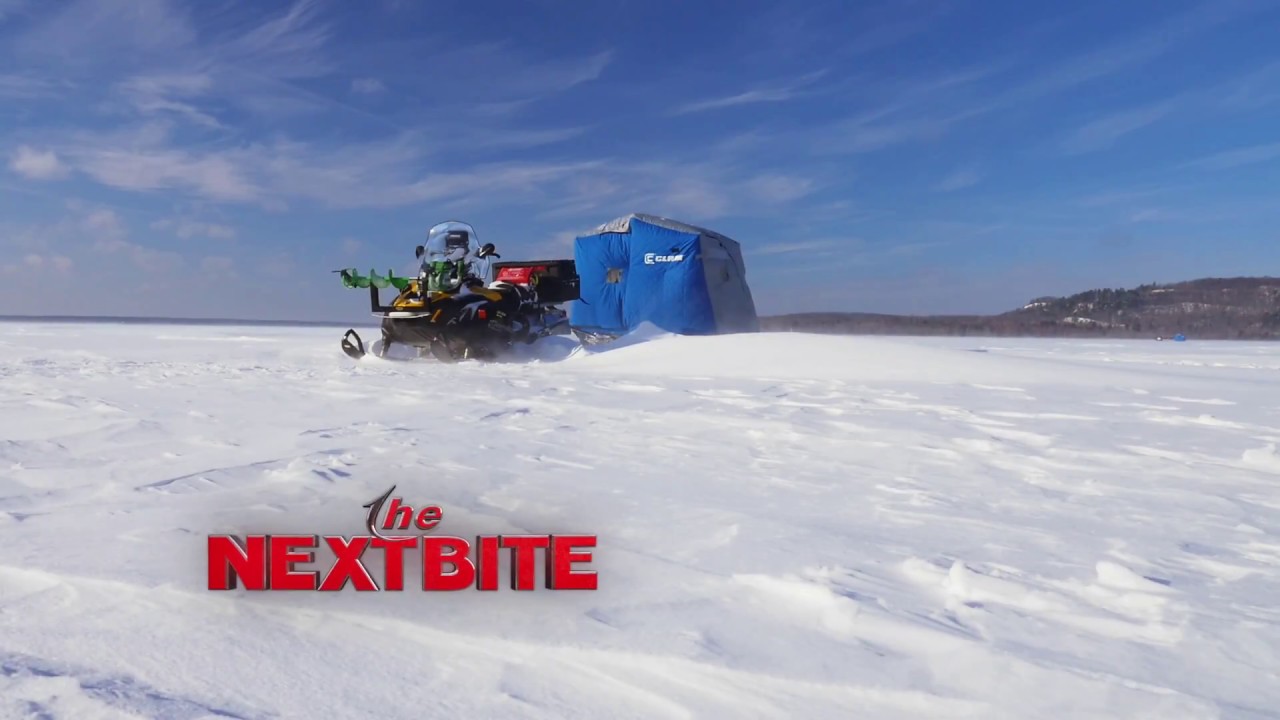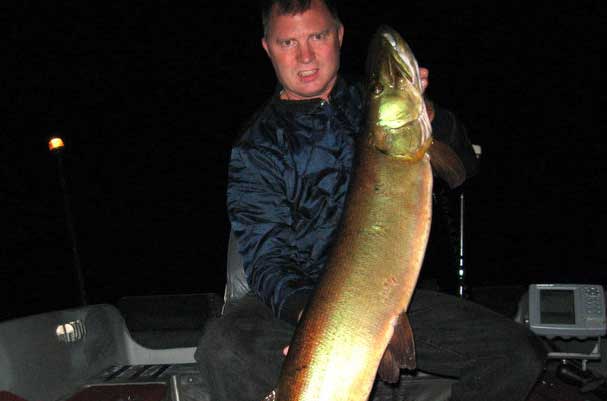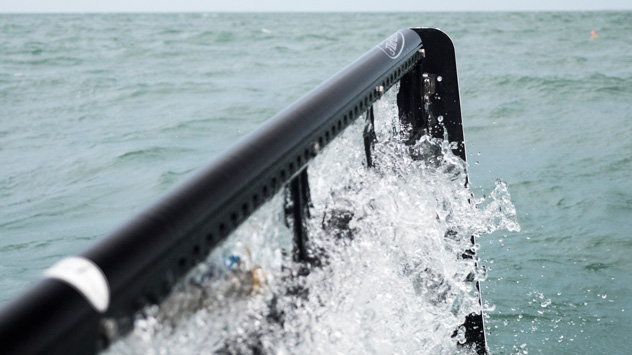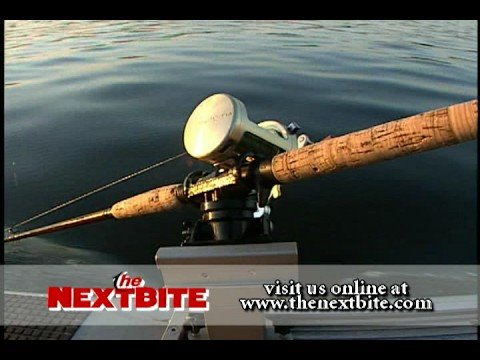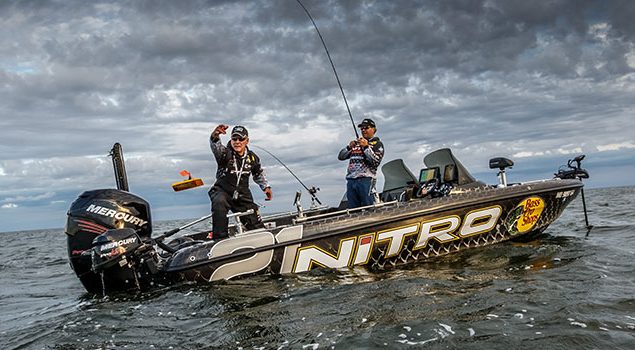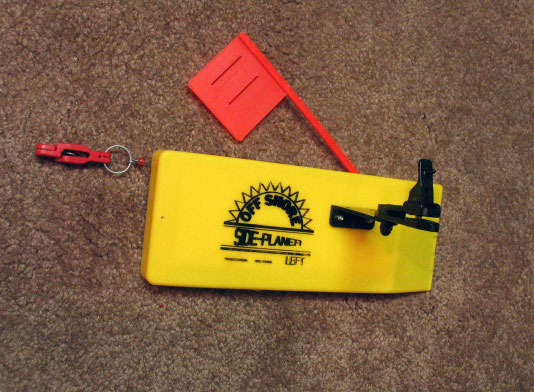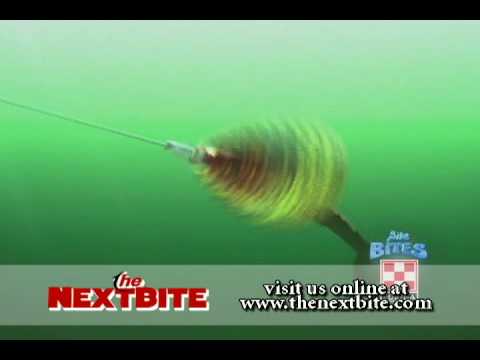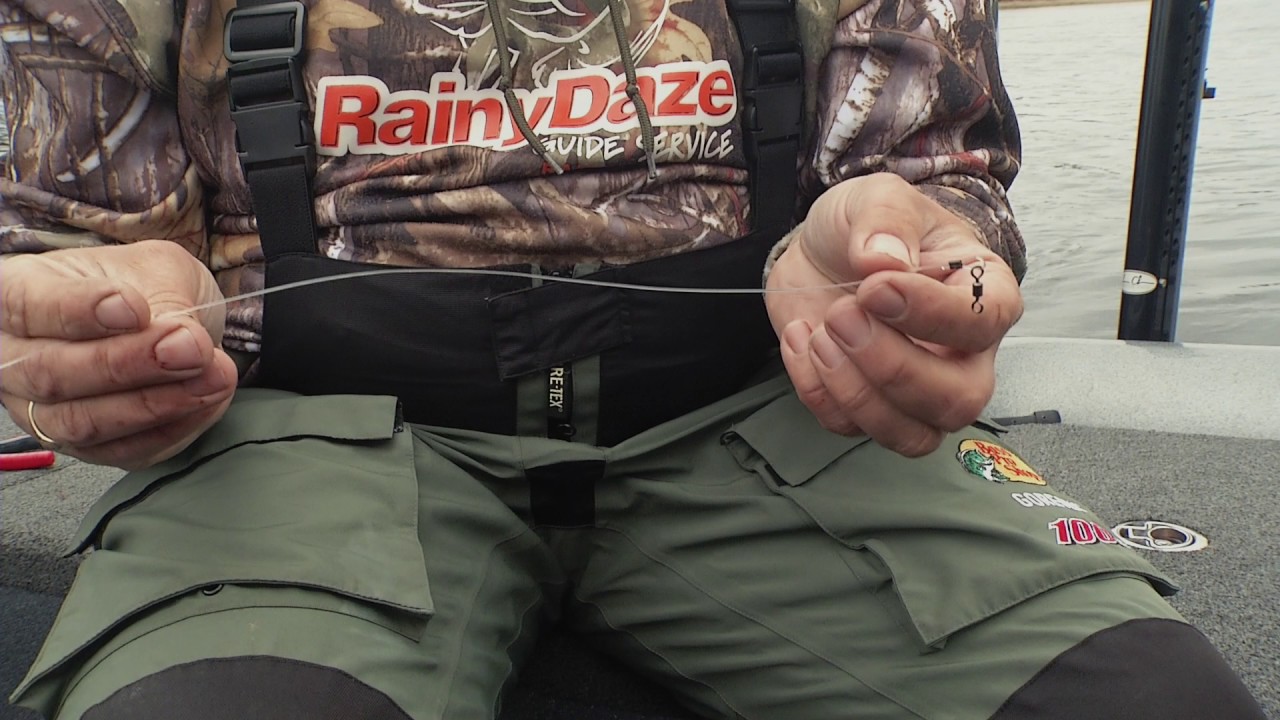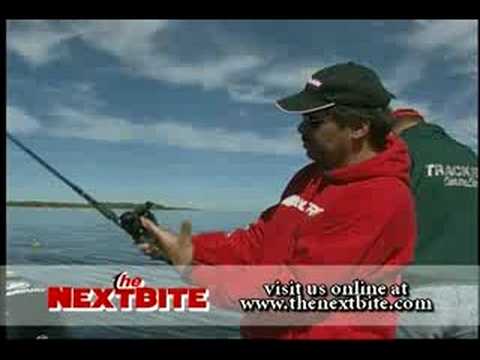Answer:
Hand Lining is a technique that I first heard about in the Detroit River area. It is used there for several reasons: First, the Detroit River has a fast current (5 to 7 mph). Second, the river can get mudded up quickly and the most effective way to catch fish in that situation is with crank baits. Last, the river bottom fluctuates dramatically so it takes a big weight to keep bottom contact. Let’s look at a hand line set up and then describe why it works so well in these conditions.
Hand lining has no rod. There is a “self re-winding” reel that has a spool of cable on it. That cable is attached to a “shank”. The shank is a length of cable with a series of three-ways or sleeves where you can connect leads. These connection points are spaced about 6 inches apart. Typically you can attach 2 or 3 leads to one shank. There is a heavy weight connected to the bottom of the shank. By heavy I mean 1 to 2 pounds. The idea is to pull the cable out of the reel far enough to get the weight pounding on the bottom. If the river bottom drops deeper, it is very easy to drop down the weight and keep contact. You don’t drag the weight, but use more of a pumping action – thumping the bottom each time.
The leads are very important because you will use different length leads to allow you to run multiple lures (running 2 or 3 cranks is a real advantage for this system). I typically run 2 leads – the top one about 12 feet, the bottom 6 foot (I’ve heard of people running 20 top and 10 foot bottom). The cranks are stickbait style baits – HJ06 to HJ12 Husky Jerk, #9, #11 or #13 Original Rapalas, TS09 Storm ThunderSticks. With the spacing of the connection points on the shank and the different lead lengths, both (or all) of the crankbaits will be running very close to the bottom – in the feeding zone.
You can fish this system against the current (typical) or with the current (make sure you are moving faster than the current to get the cranks to wiggle) or you can even hover – hold in one place letting the cranks swim in the current. In any case, when a fish bites – it’s much like landing a fish on an ice fishing tip-up. You hand-over-fist pull the cable in (the reel will automatically wind up the cable) until you get to the shank. Then grab the leader with the fish and pull the fish into the boat – no rod required and thus the term hand lining.
Why is it banned – some people don’t consider it a form of hook and line fishing and I’ve even heard it called “meat” fishing. But if you ever get a chance to pull in an 8 pounder in heavy current, you will realize very quickly how much skill it takes to land these fish. Effective – yes. Specialized – yes. Is it a technique every angler should add to their arsenal? I don’t think so – but it is one to keep in mind if you find yourself in a high current, muddy, river with a rapidly changing bottom.

